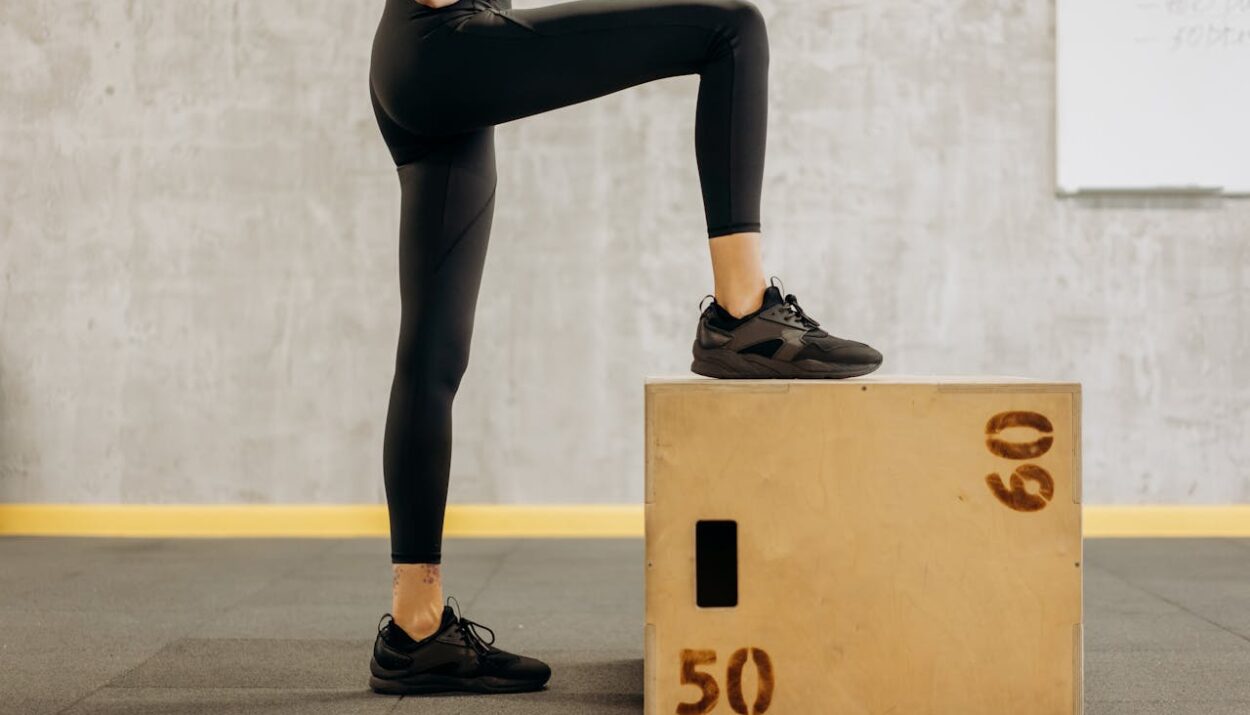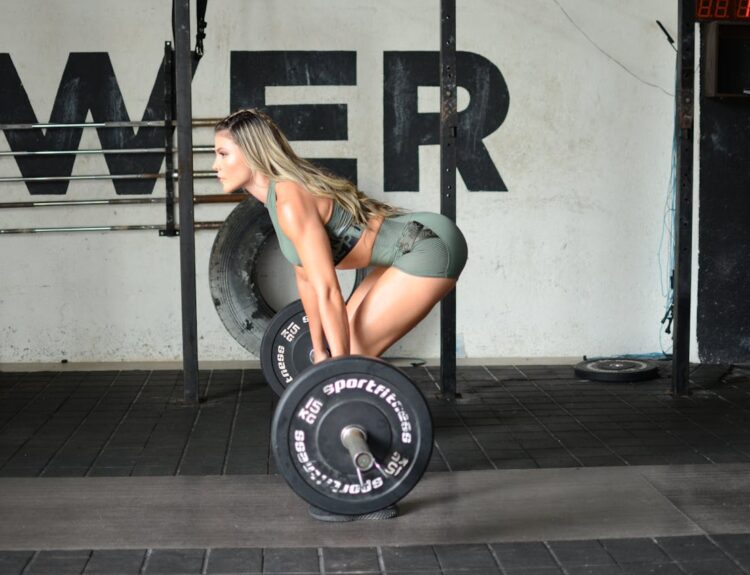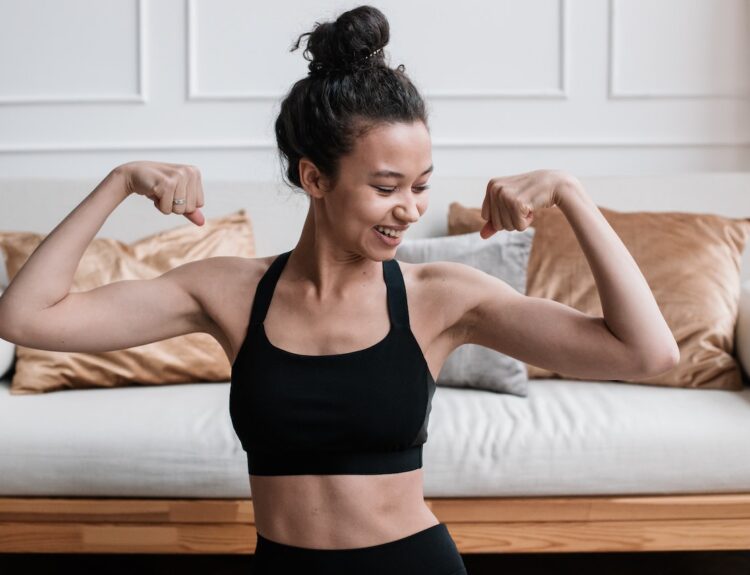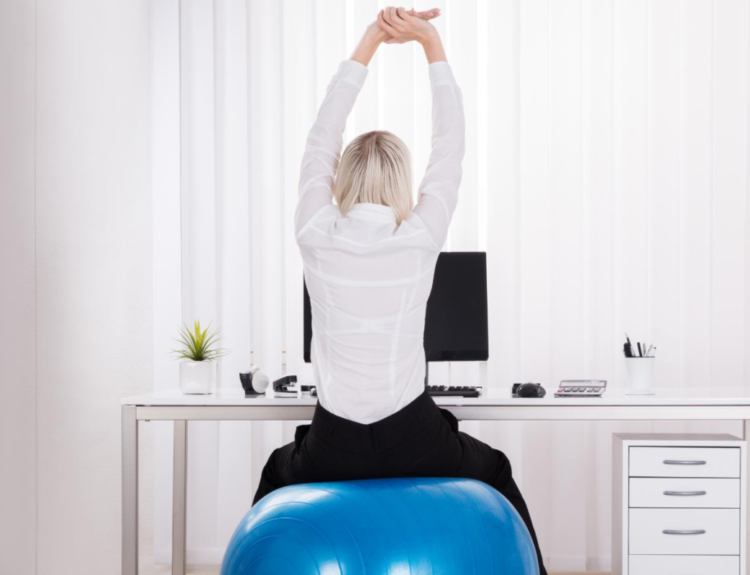Bent knee calf raises are a cornerstone in pursuing sculpted lower legs and enhanced lower body strength. Whether you’re a seasoned fitness enthusiast or a newcomer eager to define your lower legs, exploring this exercise’s fundamental principles and techniques will empower you to sculpt and strengthen your calves with precision and efficacy.
Discover the power of bent knee calf raises to sculpt defined lower legs and enhance lower body strength! Explore top techniques here!
In this article:
- Anatomy of the Calf Muscles
- The Power of Bent Knee Calf Raises
- Bent Knee Calf Raises: A Step-by-Step Guide
- Variations of Bent Knee Calf Raises
- Common Mistakes to Avoid
ANATOMY OF THE CALF MUSCLES
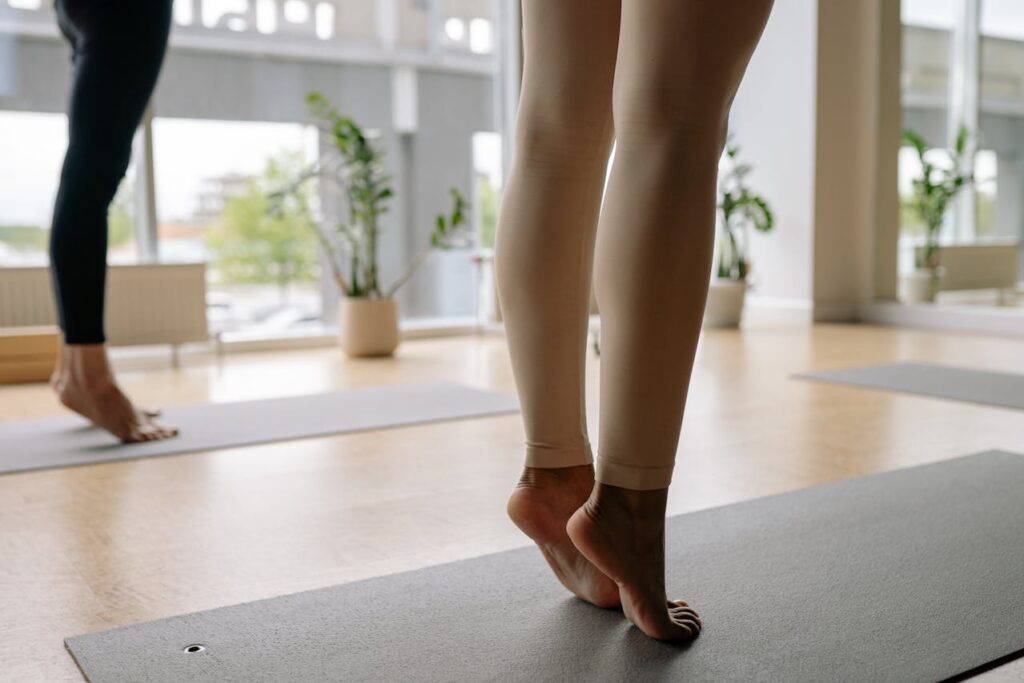
The primary components of the calf muscles include two major muscle groups: the gastrocnemius and the soleus.
Gastrocnemius: This is the calf’s most prominent and visible muscle. It originates from the bottom of the femur (thighbone). It attaches to the Achilles tendon, which then connects to the heel bone. The gastrocnemius muscle is responsible for the calf’s bulging shape. It is heavily involved in pointing the toes and pushing off the ground when walking, running, or jumping.
Soleus: The soleus muscle beneath the gastrocnemius is broader and flatter. While less visible than the gastrocnemius, the soleus is crucial in maintaining posture, especially during activities like standing and walking. It’s also highly active during exercises where the knee is bent, such as squats and bent knee calf raises.
These muscles work synergistically to provide strength, stability, and mobility to the ankle and foot. Correctly engaging these muscles can enhance your calves’ appearance and improve overall lower body strength and performance.
THE POWER OF BENT KNEE CALF RAISES
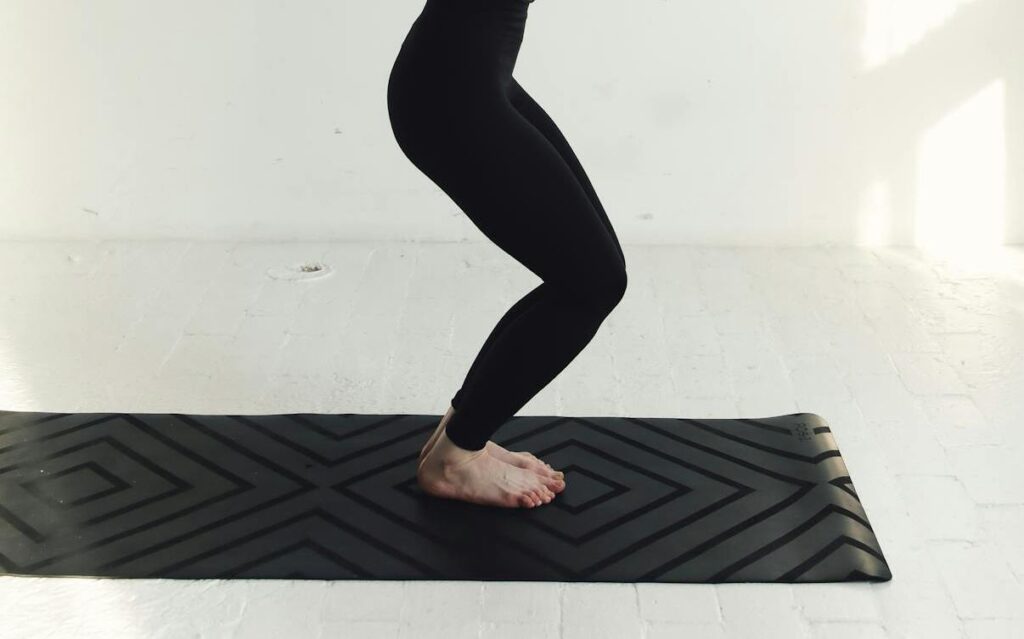
Bent knee calf raises are a powerful exercise renowned for their effectiveness in targeting and strengthening the calf muscles.
One key benefit of this exercise is its ability to engage the entire calf complex, including the gastrocnemius and soleus muscles. Incorporating a bent knee position adds extra stress to the soleus muscle, which lies deeper within the calf and is a muscle that traditional calf exercises often neglect. This exercise ensures balanced development and strength across the entire calf region.
Moreover, bent knee calf raises offer a more functional approach to calf training by mimicking the natural movement patterns of daily activities. The slight bend in the knees during this exercise closely resembles the position of the legs during walking or running, making it an efficient workout for improving lower body strength and stability.
Additionally, this exercise can be easily modified to accommodate persons of all fitness levels. Beginners can start with bodyweight variations, gradually increasing resistance as they build strength. Advanced practitioners can incorporate additional weight, such as dumbbells or barbells, to further challenge their calf muscles and promote continuous growth and development.
Incorporating this activity into your workout routine has numerous benefits, including improved calf strength, enhanced muscle definition, and increased ankle stability.
BENT KNEE CALF RAISES: A STEP-BY-STEP GUIDE
Mastering the bent knee calf raises technique can significantly contribute to sculpting and strengthening your calf muscles. Here’s a step-by-step guide to performing this effective exercise:
- Starting Position: Stand tall with your feet positioned shoulder-width apart. Keep your body aligned, shoulders drawn back, and engage your core muscles to maintain stability.
- Bend Your Knees: Unlike traditional calf raises, for bent knee calf raises, start by slightly bending your knees. This position will engage the soleus muscle, which lies deeper within the calf.
- Foot Placement: Position the balls of your feet firmly on the ground, with your heels slightly elevated.
- Hand Placement: You can place your hands on your hips, hold onto a stable surface for balance, or hold dumbbells by your sides for added resistance.
- Engage Your Calf Muscles: Slowly rise onto the balls of your feet, lifting your heels off the ground as high as possible. Focus on contracting your calf muscles throughout the movement.
- Hold and Squeeze: Pause momentarily at the movement’s top and squeeze your calf muscles tightly. It will maximize muscle engagement and intensity.
- Lower Yourself: Slowly lower your heels to the starting position, maintaining control over the movement. Avoid dropping your heels too quickly to prevent strain on your calf muscles.
- Repeat: Aim for 10-15 repetitions per set, depending on your fitness level. Gradually increase the number of sets and repetitions as you become more robust and comfortable with the exercise.
- Breathing: Remember to breathe steadily throughout the exercise. Inhale as you lower your heels and exhale as you rise onto the balls of your feet.
- Cool Down: Once you’ve completed your desired number of sets, take a moment to stretch your calf muscles to prevent stiffness and reduce the risk of injury.
VARIATIONS OF BENT KNEE CALF RAISES
Here are several variations to consider integrating into your workouts:
- Single-Leg Bent Knee Calf Raises: Perform this exercise while standing on one leg. This variation increases the intensity by requiring more excellent stability and balance. It also allows for more focused work on each calf, addressing strength imbalances between the legs.
- Elevated Surface Bent Knee Calf Raises: While performing the exercise, place the balls of your feet on an elevated surface, such as a step or sturdy block. Expanding the range of motion while elongating the calf muscles amplifies the efficiency of the exercise.
- Weighted Bent Knee Calf Raises: Add resistance to the exercise using a barbell or a pair of dumbbells. The added weight increases the challenge on the calf muscles, promoting greater strength and muscle growth over time. Ensure proper form and control throughout the movement to prevent injury.
- Pulse Bent Knee Calf Raises: Perform small pulsing movements at the top of the calf raise motion, maintaining tension in the calf muscles. This variation increases time under tension, further stimulating muscle growth and endurance.
- Seated Bent Knee Calf Raises: Sit on a chair or bench with your feet flat on the ground and knees bent at a 90-degree angle. Perform the calf raises from this seated position, focusing on fully extending and contracting the calf muscles with each repetition. This variation targets the calves from a different angle and can benefit individuals with mobility limitations or lower back issues.
Experiment with different variations to find what works best for you, and challenge yourself to increase the difficulty as your strength improves progressively!
COMMON MISTAKES TO AVOID
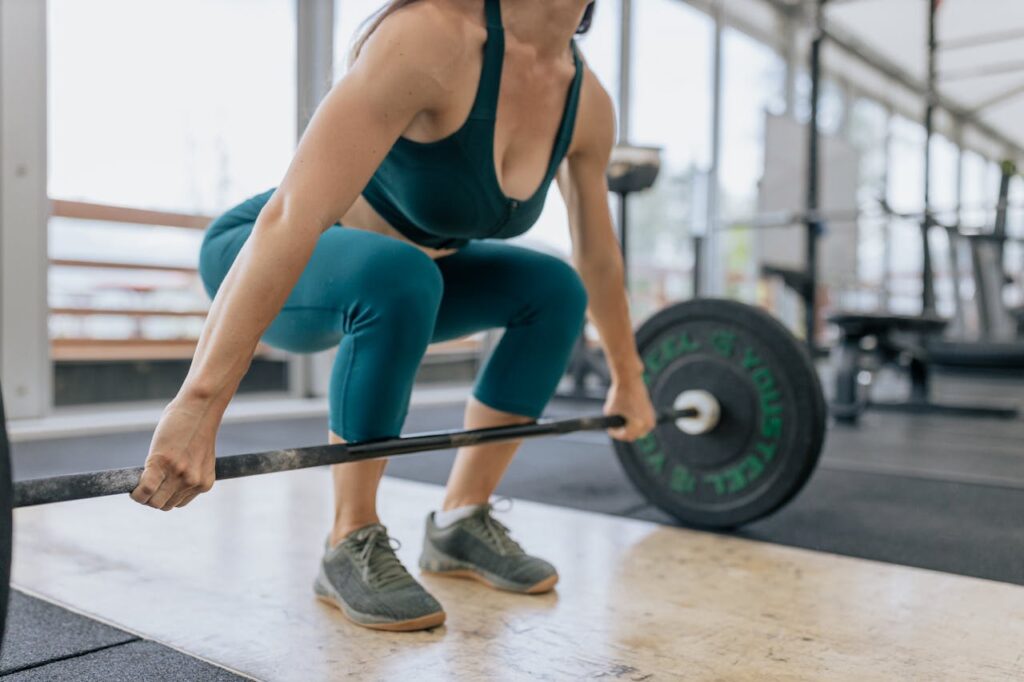
When incorporating bent knee calf raises into your workout routine, it’s essential to remember the inevitable common mistakes that may hinder your progress and increase the risk of injury.
One prevalent error to avoid is maintaining poor posture throughout the exercise. Standing tall with your shoulders back and your core engaged is vital to effectively targeting the calf muscles and preventing strain on other body parts.
Another common mistake is relying on momentum rather than muscle engagement to lift your heels. Ensure your movements are controlled and deliberate, focusing on contracting the calf muscles throughout the entire range of motion. Additionally, be mindful of not neglecting the activation of the soleus muscle, which lies deeper within the calf. Bending your knees slightly during the exercise can effectively target the soleus and promote balanced calf development.
Avoiding overloading with weight is also crucial. While adding resistance can enhance the effectiveness of the exercise, using too heavy weights may compromise your form and increase the risk of injury. Choose lighter weights and gradually increase the resistance as you build strength and confidence.
_____
Bent knee calf raises offer a dynamic approach to achieving well-defined lower legs and bolstering lower body strength. As you integrate them into your routine, remember to listen to your body and adjust the intensity as needed. Consistency is vital; regular practice will yield long-term benefits. Additionally, don’t hesitate to seek guidance from fitness professionals or physical therapists to ensure proper form and technique. Lastly, celebrate your progress, whether it’s increased endurance, strength gains, or improved muscle definition!
This post may contain affiliate links. You can read the affiliate disclosure here.

